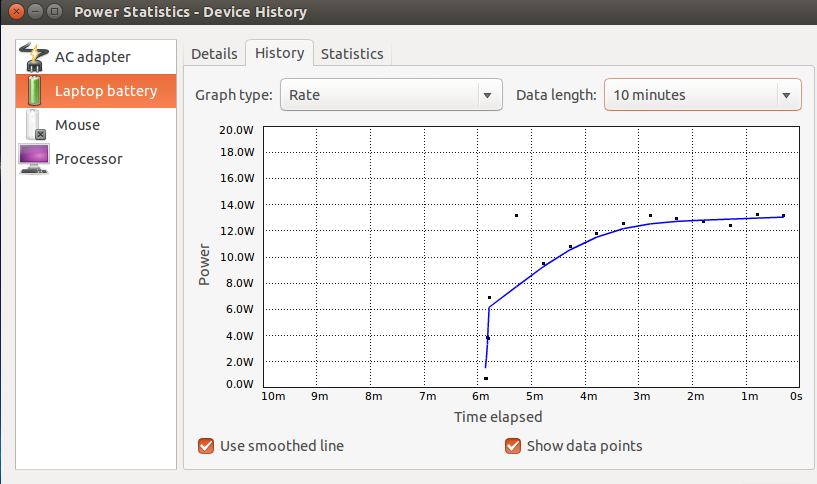I’m quite advanced in my IPv6 adventures but there has been one thing that has been holding me back so far: The DNS resolver in my DSL router at home refuses to properly return the IPv6 address of my local server. Instead it doesn’t respond at all to this request. As a consequence my web browser waits for 10 seconds before it gives up and then uses the IPv4 address of the server instead that was returned just fine. This had me baffled for a long time because all other DNS resolvers returned the IPv6 address just fine. Now it turned out that this is not a bug at all but a feature.
Continue reading My IPv6 DNS AAAA-Resolver Bug Is A Feature – With A Fix


